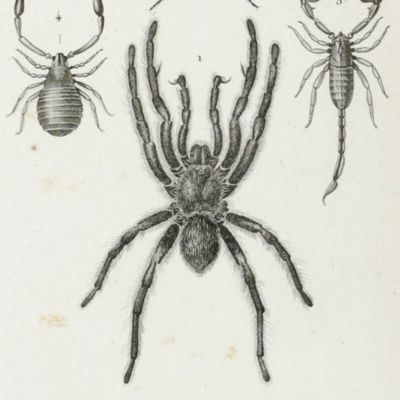Superb copy of this ornithological masterpiece, comprising 600 magnificent hand-coloured plates depicting more than 800 individual birds belonging to nearly 700 species from all over the world, executed after the drawings by the great French natural history artists Jean-Gabriel Prêtre and Nicolas Huet. In this work, the authors describe a great number of genera, enumerating many species, and then provide detailed descriptions of particular species, many of which are new, or poorly known and not illustrated before. The first author, Coenraad Jacob Temminck (1778-1858), is considered one of the greatest ornithologists of all time. Temminck became the first director of the National Museum of Natural History in Leiden, a position he held from 1820 until his death. He was the author of numerous works, including
Manuel d'ornithologie, ou Tableau systématique des oiseaux qui se trouvent en Europe (1815), for a long time the reference on European birds. But his masterpiece remains this
Nouveau recueil de planches coloriées d'oiseaux.... A fervent supporter of the classification of species, he wrote in 1820, "The more we want to agree reciprocally on the nomenclature of genera and species, the more the sciences will gain, and the less we will have to occupy ourselves with the most boring and sterile work that I know of". Temminck co-edited the present work with the Frenchman Guillaume Michel Jérôme Meiffren de Laugier, Baron de Chartrouse (1772 -1843), politician, restorer of the Roman monuments of his city, botanist, and ornithologist, who lent the artists many naturalized specimens from his collection to realize the illustrations. Temminck is considered the author of the scientific part of the work, and the new species which are described there are allotted to him. The two illustrators chosen by the authors were among the best animal iconographers of the time. Their names are engraved in the lower left corner of each plate: Jean-Gabriel Prêtre (1768-1849) and Nicolas Huet (1770 -1830). Both men superbly illustrated a parrot species described by Temminck and named after each of them: Huet's parrot Plate 491), and Prêtre’s parrot (Plate 492). Prêtre was a Franco-Swiss natural history painter who illustrated birds, mammals, and reptiles in a large number of books. An outstanding ornithological artist, he first worked for the zoo of Empress Josephine, then for the Museum of Natural History in Paris. He drew natural history specimens collected during important French geographical and exploratory expeditions, including Dumont d'Urville's
Voyage de l'Astrolabe, Freycinet's
Voyage autour du monde, Laplace's
Voyage autour du monde and others. A prolific artist, he also illustrated early in his career Palisot's
Flore d'Oware et de Benin, Tussac's Flore des Antilles, the
Dictionnaire des sciences naturelles published between 1816 and 1830, and the ornithological works of Lesson and Vieillot. Huet was a French painter, draughtsman, and engraver.
read more
He was the eldest son of Jean-Baptiste Huet, himself the son of Nicolas Huet the Elder, all painters and engravers of animal life. He participated in Napoleon's scientific and artistic exploration of Egypt between 1798 and 1801, illustrating the government report. A talented watercolourist and engraver, he acquired a reputation as a natural history draftsman. In 1804, he was appointed painter to the Museum of Natural History and to the Menagerie, Empress Josephine's collection of animals, birds, and plants. Huet also illustrated the works of naturalists Étienne Geoffroy Saint-Hilaire and Georges Cuvier and produced a series of 246 drawings on vellum, published in 1808 under the title Collection de mammifères du Muséum d'histoire naturelle. A professor of animal iconography, he also created elaborate drawings of animals, often on vellum, for such notables as Frederic-Augustus II of Saxony, the officer André Masséna, the Prince of Essling and the Duke of Rivoli. His contribution to the illustration of the present work,
Nouveau recueil de planches coloriées d'oiseaux, is masterly. The title announces that the work is intended to complement Buffon's
Histoire naturelle des oiseaux (1770-1786). The numerous explorations around the world made since Buffon's work had enriched ornithology with a considerable number of species that justified such a publication. The "prospectus" bound at the beginning of Volume 1 announces: "The authors of the present undertaking have taken on the task of responding to the desires of naturalists and the needs of science [...]. They are currently offering to the public a collection of coloured plates whose essential object will be the birds that are not represented in Buffon's illuminated plates", and further on: "The work will be published each month by delivery of six plates entrusted to the care of the first engravers in this genre, according to the drawings of Mr. Huet, a painter, attached to the Museum of Natural History, and of Mr. Prêtre, well known by the figures with which he has enriched several modern works. Both are especially charged with the supervision of the illumination". Thus, this monumental project appeared in 102 issues over nearly two decades from August 1820 to January 1839, and in a large folio and folio format [the present copy], uniform with Buffon's work. Our copy is bound with the text placed in the order of the "methodical table" of the work, in 15 bird orders. All plates are present with their original tissue-guards. The book presents birds from all continents, including America, Africa, Asia, and Oceania, but the Malay Archipelago (Indonesia) is particularly well-represented with about 250 species. Second is South America (chiefly Brazil), with ca. 175 species. India is present with some 50 species, Japan with 34, Oceania, including Australia, New Zealand, and Hawaii, with nearly 70 species, and Africa with almost 100 species. The quantity of new species presented for the first time to the public added to the quality of the engravings, whose execution and colouring was directed by Prêtre and Huet, made this work a masterpiece of natural history, which Brunet qualifies as "one of the most beautiful and important books on ornithology". This impressive, uniform set is entirely uncut, with the widest possible margins. A few corrections in pencil. Minimal, mild, scattered foxing to the text volumes - a bit stronger in a few leaves of the third text volume, a few leaves slightly toned, minute foxing to a few plates in the third plate volume, however, most plates absolutely clean; the colouring natural, bright and fresh. In all a fine set, complete with the dedication to Cuvier, the prospectus, and all the plates, the body of the book and binding are particularly fresh. Anker, 503; Brunet V, 693-694; Junk,
Rara, p. 72; Landwehr, 196; Nissen IVB 932; Ronsil, 2892; Sitwell,
Fine Bird Books, p. 147; Zimmer, pp. 626-628.
read less
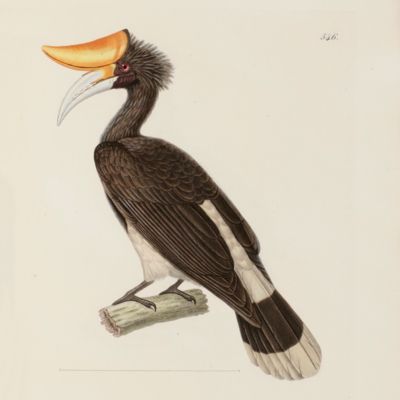

![image for Histoire naturelle Planche XIX. Le jocko, le gibbon [Contemporary hand-coloured plate].](https://schierenberg.nl/media/cache/product_thumb/72391/72391_x.jpg)

![image for Observations on birds in North Eastern China, especially the migration at Pei-Tai-Ho Beach. I. General Part [AND] II. Special Part. [AND] Supplementary additions and corrections [AND] Foreword. [Complete].](https://schierenberg.nl/media/cache/product_thumb/31101/31101_x.jpg)
![image for Ocean and river gardens: a history of the marine and fresh-water aquaria, with the best methods for their establishment and preservation. With twenty coloured plates from life. Part I. Ocean gardens. Part II. River gardens. [Complete].](https://schierenberg.nl/media/cache/product_thumb/70578/70578_x.jpg)
![image for The Ibis. A Quarterly Journal of Ornithology. Jubilee Supplement. [Ninth Series, Volume II].](https://schierenberg.nl/media/cache/product_thumb/77031/77031.jpg)
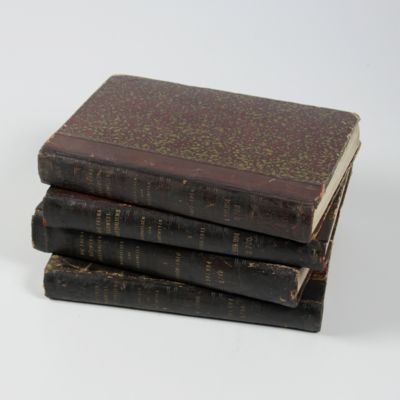
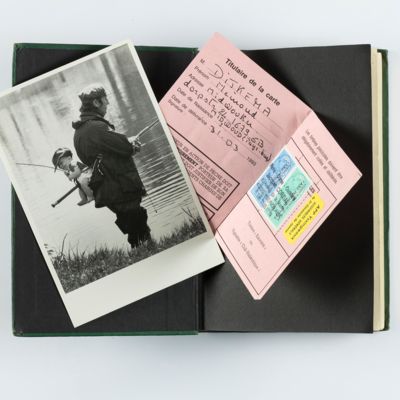
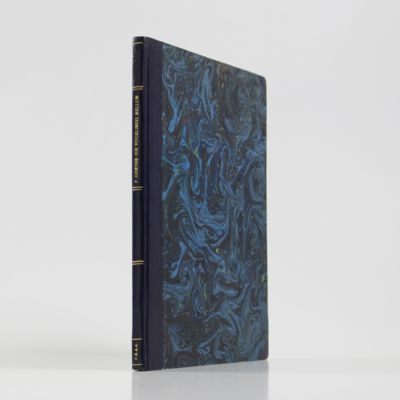
![image for Japanische Meeres-Conchylien. Ein Beitrag zur Kenntniss der Mollusken Japan's, mit besonderer Rücksicht auf die geographische Verbreitung derselben. I - III. [Complete].](https://schierenberg.nl/media/cache/product_thumb/75403/75403_x.jpg)
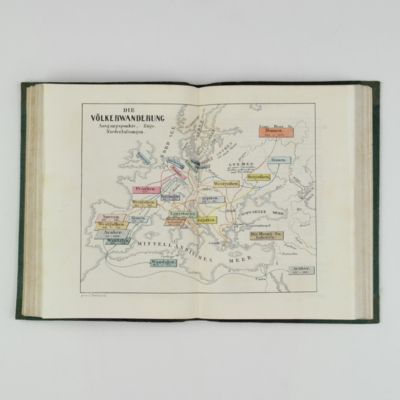
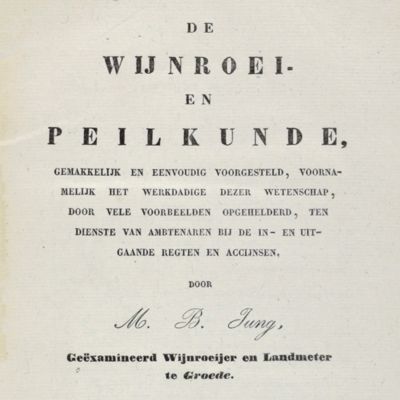
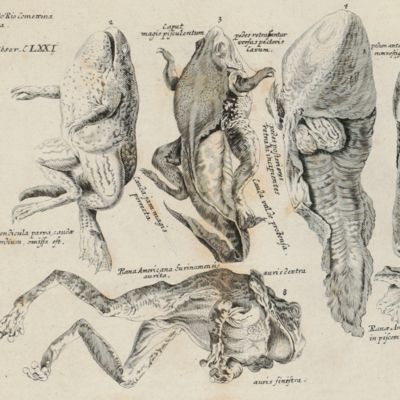
![image for Semnopithèque dussumier. <em>Semnopithecus dussumieri</em>. [PRINT]](https://schierenberg.nl/media/cache/product_thumb/74389/74389_x.jpg)
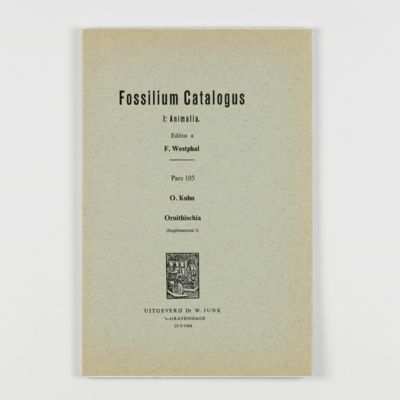
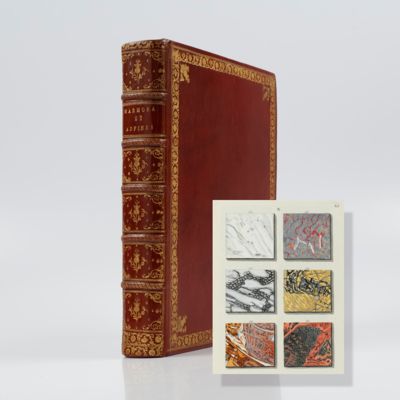
![image for The birds of the Santa Marta region of Colombia: a study in altitudinal distribution. [Original edition, bound copy].](https://schierenberg.nl/media/cache/product_thumb/75981/75981_x.jpg)
